So you’re planning a trip to Hong Kong, but are not sure what to expect and what to do beyond Central. With so much to do, I’ll help you plan what to see, what to do, and what areas to focus on so that you don’t miss a beat.
I was born in Hong Kong and haven’t been back since the age of 3. So when planning this trip, it was important for me to do 2 days in Hong Kong right. My original plan was to incorporate a lot of hiking with skyline views in my Hong Kong itinerary. The area is known for having many beautiful routes and hikes from Braemar Hill to Dragon’s Back, Lion Rock, Clear Water Bay, Suicide Peak and more. But the weather did not work in my favor. Hong Kong is a hot and humid country so visibility can be limited on many days due to fog. The 2 days we were there, it was humid and foggy so I was not able to go up to Victoria peak or hike to Braemar Hill. However, no need to fear…that just meant I had more time to explore the ground floor!
Quick Navigation: 2 Days in Hong Kong Itinerary
DAY 1
FIRST STOP: MONGKOK LADIES MARKET, NELSON STREET AND MONGKOK WET MARKET
Exploring Kowloon, Hong Kong: Mongkok Ladies Market and Wet Market
Mongkok Ladies Market is a daily market that offers a variety of goods—belts, shirts, souvenirs, knock-offs, you name it and they have it. Don’t let the name deceive you, it’s called the Ladies Market due to it’s history, but its sells an equivalent amount of products for men as well. Spend a while perusing through the market before getting to the Mongkok Wet Market, which was personally my favorite part. The less touristy area is packed with super fresh food, fruits, and vegetables I had never heard of or seen before!
If you are squeamish, vegan or vegetarian, I would skip over the below section of the Fish Market, which features pictures from inside. A lot Chinese culture involves selling fresh meat and fish at outdoor markets.
SECOND STOP: FA YUEN STREET FISH MARKET
Exploring Kowloon, Hong Kong: Fa Yuen Street Fish Market
This won’t be the first nor the last fish market you run into while in Asia. With the middle class rising and fish being considered an affluent produce, the demand for it is significantly increasing. But if you want to get an idea of how chefs and locals find the best quality, you need to step into the Fa Yuen Street Fish Market to understand and see it for yourself. The experience is raw, but it offers a down to earth perspective into every day Chinese culture.
THIRD STOP: YAU MA TEI, JADE MARKET
Exploring Kowloon, Hong Kong: Yau Ma Tei, Jade Market
Peruse through some of China’s most precious goods at the Jade Market. Buy jewelry, beauty tools, souvenirs, statues and more to help bring you good luck and fortune. If you want something even more curated, work with a merchant who will pick something out for you based on your date of birth.
LUNCH: BAO DIM TAT YAN
Hong Kong Street Food in Kowloon: Bao Dim Tat Yan
Right around the corner from the Jade Market is my favorite street food stall in Hong Kong to date—Bao Dim Tat Yan. In fact it was so good, my mom and I found ourselves heading over their not once, not twice, but three times during our 2 days in Hong Kong. That’s how good their street food was and it was incomparable to any other stall. We had everything from the dim sum to the sesame balls and noodles.
FOURTH STOP: VICTORIA HARBOR AND CLOCK TOWER
Exploring Kowloon, Hong Kong: Clock Tower, Star Ferry, and Victoria Harbor
Much of Hong Kong and its skyline has changed, but it still retains a few iconic moments from its past. Two that are notable and that I recommend everyone see are the Clock Tower and Star Ferry. The Clock Tower symbolizes the growth that Hong Kong has had in the last century and freedom it gave its people. The Star Ferry on the other hand is Hong Kong Kong’s oldest form of transportation. Taking Star Ferry from the Clock Tower in Kowloon to Central while crossing Victoria Harbor is an all encompassing means of taking in how far Hong Kong has come.
EXTRA IDEA:
If you’re at the clock tower at night, don’t forget to catch the free light show at 8PM every night. As you look across teh harbor from Kowloon, Central lights up in a light show that brings Hong Kong’s bustling center to life.
FIFTH STOP: POTTINGER STREET
Get off the ferry and cross Des Voeux Road, Hong Kong’s main roads. As you cross you will see a ton of double decker tram carts go by, which recall colonial England. One of the first street you will walk on is Pottinger Street. The street is named after Hong Kong’s first British governor, Sir Henry Pottinger. The street has gone on to extend into the new reclaimed land, so you can see a clear distinction between the new land and the old land. The old section begins when the stone slab and cobblestone steps begin. The upward hill takes you by old wooden kiosks, souvenir shops, and costume shops. It’s mainly a street where people buy party supplies, particularly during Halloween.
SIXTH STOP: HOLLYWOOD ROAD
Hollywood Road used to be known as the antique street. This was were my Mom bought all her antique Asian furniture, which she still has to this day, in her house. Now, it’s been transformed into Hong Kong’s Soho with hip bars and boutique shops. Some say if you head East you can still see some of the remains of the antique stores, but to be honest, we didn’t see any which is very unfortunate. Today, it’s mainly a nightlife area with casual cafés and bars to visit during the day. A very urban and redeveloped area surrounded by tall skyscrapers in all directions.
How did it get the name Hollywood Road?
It’s not named after Hollywood stars, but rather after the holly shrubs that used to grow in former fishing villages.
La Cabane Bistro
SEVENTH STOP: MAN MO TEMPLE
From outside it doesn’t look like much except a white building an old wooden door, but step inside and you will be surprised. Man means God of Literature and Mo means God of War. The temple is a tribute to both a students were studying and looking to succeed during the civil examinations of Imperial China. The most notable area of the temple is the coiled incense that is suspended above your head in the center of one of the rooms. The smoke and smell creates a magical almost mystical ambiance, which transports you away from the noise and chaos of the city and into the present moment.
EIGHTH STOP: TAI PING SHAN STREET
Tai Ping Shan was once an overpopulated and squalid slum area, rich in drugs and gambling halls. In 1894, it was the root of one of Hong Kong’s worst plague epidemics, which eventually spread around the world claiming 12.5 million lives. To eradicate the disease, the entire area was destroyed and rebuilt with Hong Kong’s first public park to encourage sanitation. Today, it is a bohemian outpost filled with cafés, boutique shops, and art galleries.
NINTH STOP: CAT STREET, GOUGH STREET, AND GAGE STREET
My last stops in Central were through Cat Street, Gough Street, and Gage Street before grabbing a juice from a street vendor on Des Voeux Street and heading to the outskirts of Central. If you are looking for the antiques that once lined on Hollywood Road, Cat Street might be your best bet, although your more likely to find modern replicas than anything else. The small street is packed with old urban posters, souvenirs, and a few antiques here and there.
Why is it called Cat Street?
In the 1920s, the neighborhood was a market for second-hand and stolen products. In Cantonese, customers who buy stolen goods are known as Cats, hence the name.
I came across Gough Street when searching for a juice, my juice store was closed, but a line of people caught my attention obstructing the street. The street has stylish eateries and boutiques with 2 small nooks full of tables and chairs for locals to enjoy. The most famous place on the street is the Kau Kee beef brisket, that’s where the line was coming from! It’s been serving the same recipe for the last 80 years. It was 4PM and I wasn’t quite hungry so I didn’t stop to eat, but if you get the chance don’t miss out on this popular place.
Lastly, Gage Street, also known as Graham Street Market, is a Wet Market in Central. It’s different and smaller than the Wet Market in Kowloon, but it gives you an idea of what they are like in the urban city.
EVENING: QUARRY BAY
Exploring Quarry Bay, Hong Kong: The ‘Monster Buildings’
The influx of people from the 1950s and 60s fleeing from mainland China post WWII, necessitated that Hong Kong build taller and larger public housing units to support the flow of people. With this big quest at hand, the government ordered that various public housing residences be built around Hong Kong. One of these is located in Quarry Bay and is known as the ‘Monster Buildings.’ They are a testament to the architectural design and structure that Hong Kong has lived up to and a reminder of the historic past of the people and the country.
DAY 2
HOW TO GET TO STANLEY?
How to Get to Stanley from Central, Hong Kong?
With only 2 days in Hong Kong and so many options for day trips outside of Central, we decided to head to the coastal town of Stanley and see the Stanley Market. Being born in Hong Kong, I spent the first 3 years of my life in this small town. It was time to go back and see it 20 years later. The fastest, cheapest, and most convenient way to get there is by bus from Exchange Square. There are both express and local options and they take anywhere from 30-50 minutes.
FIRST STOP: STANLEY MARKET
4 Things to Do on A Day in Stanley
You’ve experienced Hong Kong’s traditional street markets, but take a dive into the past and experience traditional Hong Kong open-aired markets the way they once were. This market is a bit more high end than Ladies Market or Temple Market. It has a mix of artwork, antiques, toys, jewelry, and casual clothes, but all high-quality.
SECOND STOP: ISLE HANDICRAFT FASHION
4 Things to Do on A Day in Stanley
Nothing struck my eye at Stanley Market so I headed out by the Stanley promenade for a breath of fresh sea air. Just outside Stanley Market at the entrance of the waterfront promenade stood a boutique store named Isle Handicraft Fashion. Dream catchers, enormous stuffed animals, and boho dresses and rompers hung from the canopy. Now this was more my style. The store had a mix of both winter and summer clothing and I left buying a bit of everything.
THIRD STOP: STANLEY PROMENADE
4 Things to Do on A Day in Stanley
As I continued down the waterfront promenade I strolled passed numerous cafés, bars, and boutique stores. At the end of the promenade is Stanley Plaza, Murray House, and Blake Pier, offering views of the small fishing village. An I <3 STANLEY sign is in front of the pier for people to stop and take pictures with.
FOURTH STOP: STANLEY MA HANG PARK
4 Things to Do on A Day in Stanley
My last stop in Stanley was in the newly open Ma Hang Park. The park offers a variety of activities, my favorites being the stunning views from Sea View Terrace and Pak Tai Temple. We spent about a half hour wandering the park before heading back to the bus stop.
FIFTH STOP: CHOI HUNG ESTATE
Exploring Kowloon, Hong Kong: Choi Hung Estate
Just like the ‘Monster Buildings’ at Quarry Bay, Choi Hung Estate is another building erected as a repercussion of the influx of people post WWII. As I walked around this public housing residence, I noticed a pattern between the Monster Buildings and Choi Hung Estate. Each building was rich in colors. Later on, I found out this was done intentionally to uplift the spirits of the residents.
SIXTH STOP: CHI LIN NUNNERY
Exploring Kowloon, Hong Kong: Chi Lin Nunnery & Nan Lian Garden
Right next to Choi Hung Estate is Chi Lin Nunnery, a Buddhist complex originally built in the 1930s and rebuilt in 1998. Although new, this Nunnery is a prime example of construction using Chinese Tang dynasty methods. Although rebuilt in 1998, the entire structure was built only using natural materials of wood, stone, and clay, and not one single nail was used in the making!
SEVENTH STOP: NAN LIAN GARDEN
Exploring Kowloon, Hong Kong: Chi Lin Nunnery & Nan Lian Garden
Cross over Chi Lin Nunnery’s bridge and you arrive in Nan Lian Garden, another new Garden managed by the Nunnery and created mirroring a Tang-style Chinese garden. The details and structures used to build it are both expensive and very well-detailed. This oasis attempts to transport you back in time, making your trip to Chi Lin Nunnery and Nan Lian Garden an immersion into Hong Kong and China’s history and traditions.
EIGHTH STOP: NATHAN ROAD & TEMPLE STREET NIGHT MARKET
Fortune tellers reading a mans fortune
Exploring Kowloon, Hong Kong: Temple Street Night Market
I decided to end my 2 days in Hong Kong with a bang. On our way back to our hotel, we stopped by Temple Street Night Market for food, entertainment, and night life. Stepping into Temple Street Night Market is like stepping into a scene in the Hangover 2. Street peddlers, fortune tellers, street performers, prostitutes, the market is chaotic but incredibly lively. The main highlight of the market for me had to be the street food (as always, I only have food on my mind!).
2 DAYS IN HONG KONG ITINERARY MAP
WHERE TO STAY
The Olympian: A Rare Oasis in Hong Kong
My home base for my 2 days in Hong Kong was The Olympian Hong Kong in West Kowloon. The perfect location, away from the crowds and noise of Central Hong Kong and in the heart of the luxurious residential district, with sweeping views of Hong Kong’s skyline. My mom and I had taken an overnight flight from NYC to Hong Kong. It left Wednesday at 1AM and arrived Friday at 5AM. This worked in our favor because we were able to be out the door and exploring by 9AM on Friday. On day one, we explored Hong Kong’s main areas of Central, Kowloon, and Mongkok.
HOW TO GET AROUND HONG KONG
There are so many ways to get around Hong Kong. But with only 2 days in Hong Kong, the most effective means is by subway if you are staying local between the Kowloon and Central area. Subways tickets are cheap, in fact the most expensive ticket I bought was 80 cents for a 40-minute long ride. If you are traveling farther South towards Stanley, Macau, and Big Buddha, the bus is your best bet. They come very often, are cheap, clean, and very convenient. Lastly, we have taxi. Taxi is a great method to get to and from the airport and the price is a lot less expensive than any other city such as New York. Just remember to check your change and keep your eye on the meter when you ride in a taxi, if they know you are a foreigner, they might change the price that’s actually written on the meter or short change you if you don’t pay attention (which happened to my mom the minute we arrived).
EXTRA IDEAS FOR 3, 4, AND 5 DAY HONG KONG ITINERARIES
If you have more then just 2 days in Hong Kong and the weather and fog are in your favor, here are some additional ideas to further enhance your trip. If you want to stay in Central, try one of these hikes:
If you are open to getting 20-30 minutes outside the city, aside from Stanley, check out these fun activities:
CULTURAL DIFFERENCES TO KEEP IN MIND
Like every culture, Hong Kong and even more so China have certain habits or mannerisms that are very different than those in the U.S. or Europe. Before you find yourself taken aback or embarrassed, remember that certain mannerisms mean different things to different cultures. Here are things to keep in mind before your trip to China to avoid culture shock:
Get insider travel tips and lifestyle content on the world’s most exceptional destinations, experiences and products directly to your inbox. Don’t miss out–sign up for travel blog SVADORE on the right hand side to stay up-to-date on where to go, what to do, what to see, where to stay, and where to eat around the globe.
Follow SVADORE on:
2 days in Hong Kong, 2 days in Hong Kong, 2 days in Hong Kong, 2 days in Hong Kong, 2 days in Hong Kong, 2 days in Hong Kong, 2 days in Hong Kong, 2 days in Hong Kong
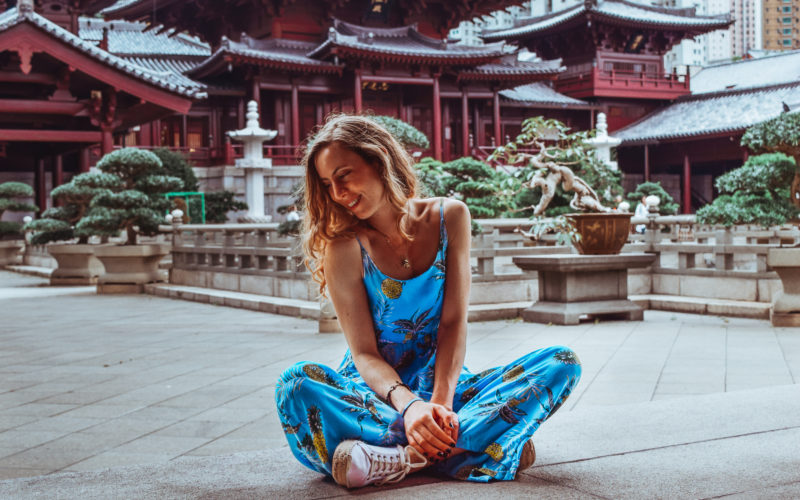
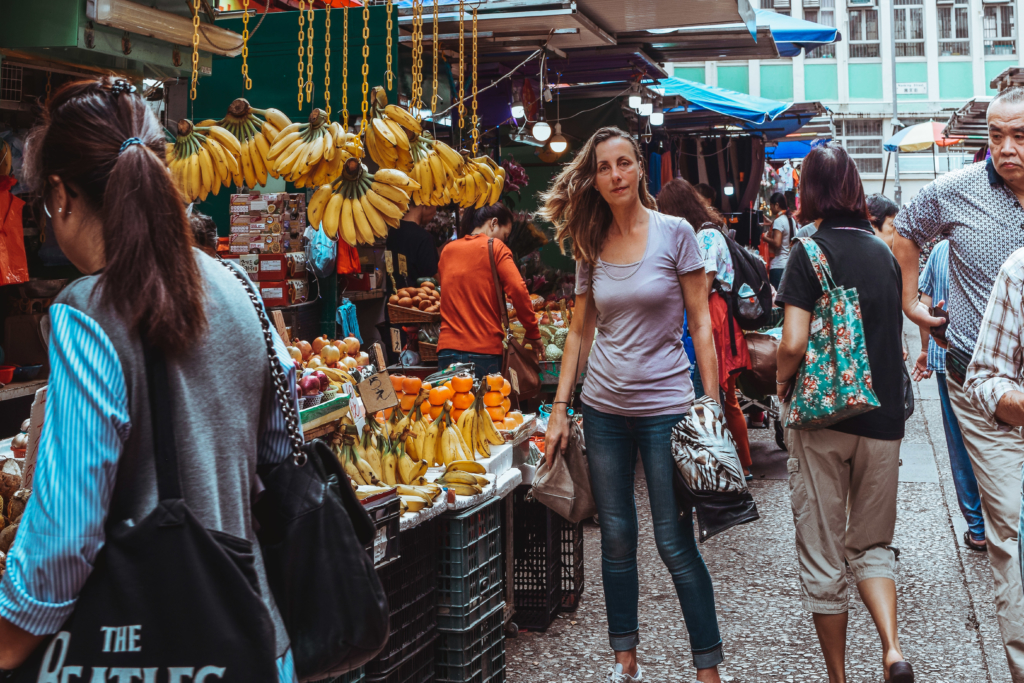
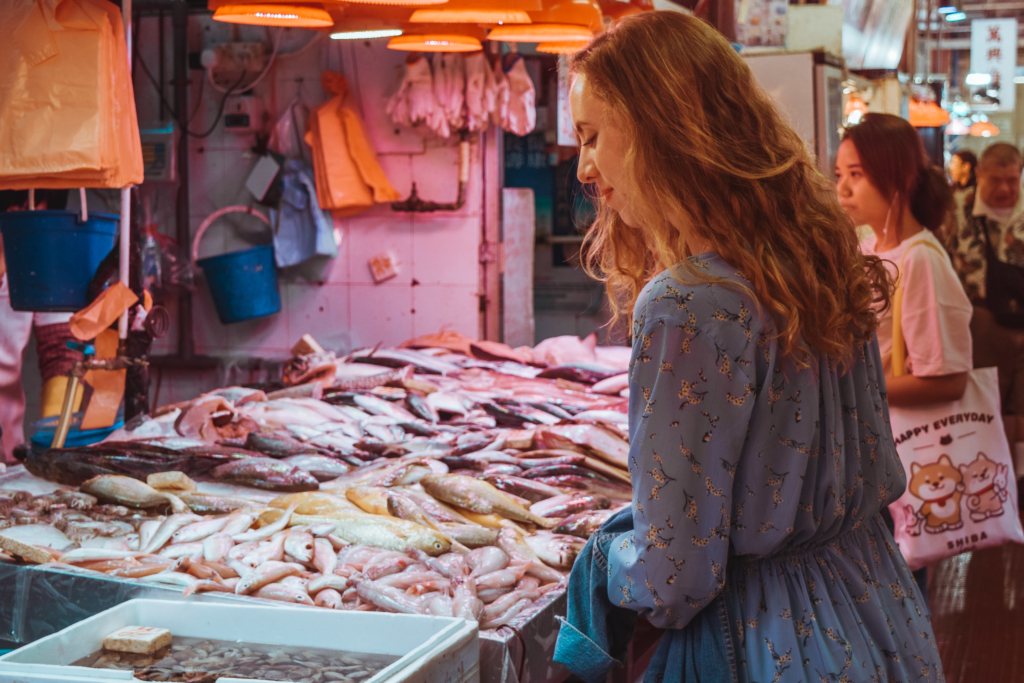
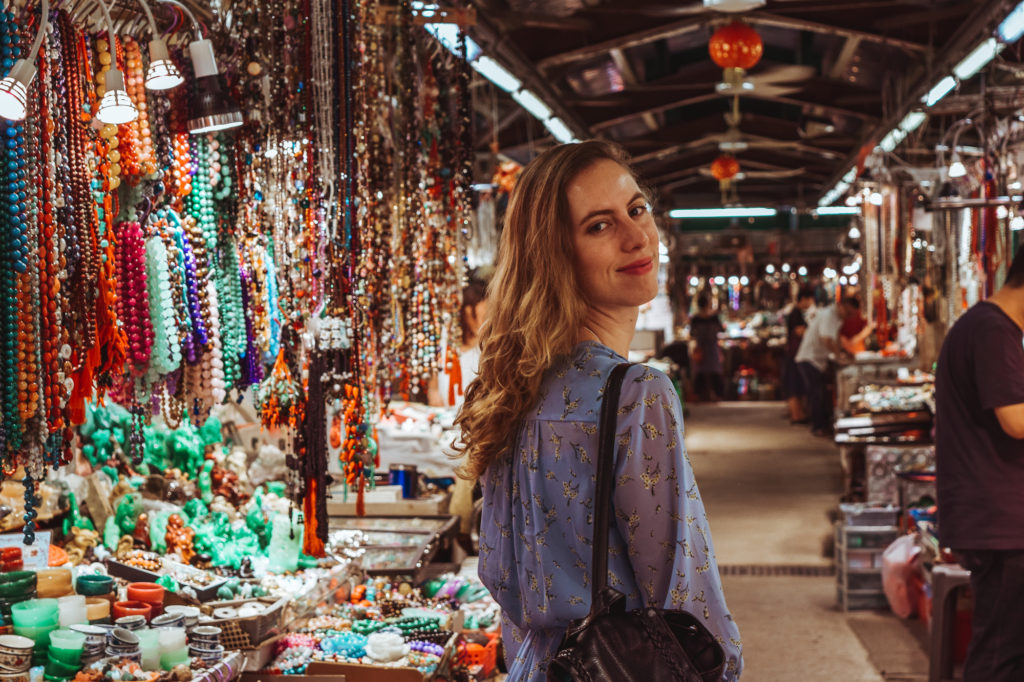
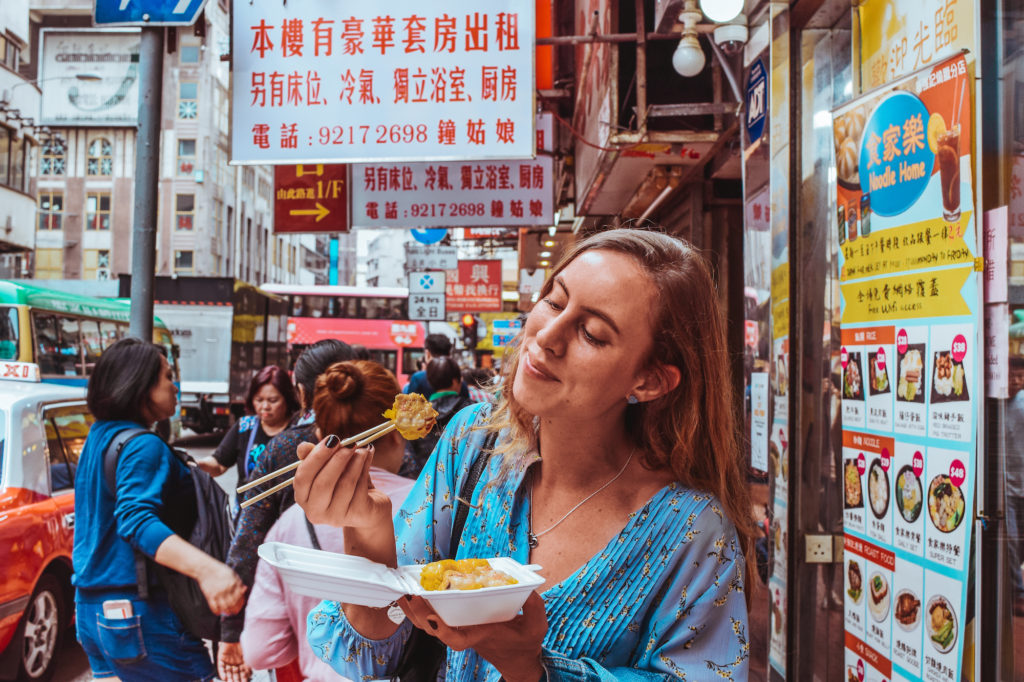
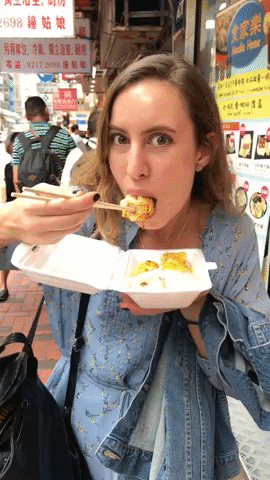
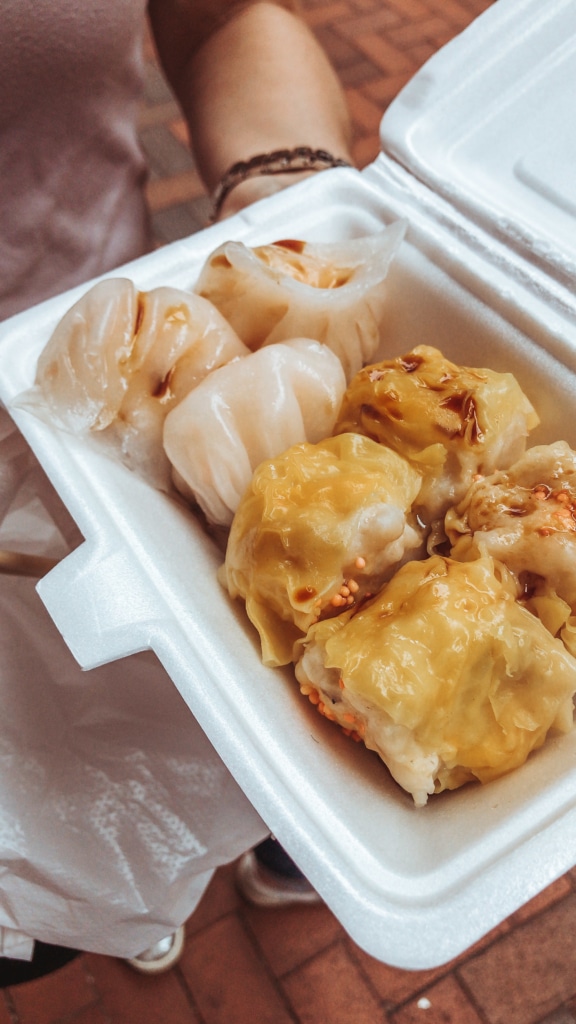
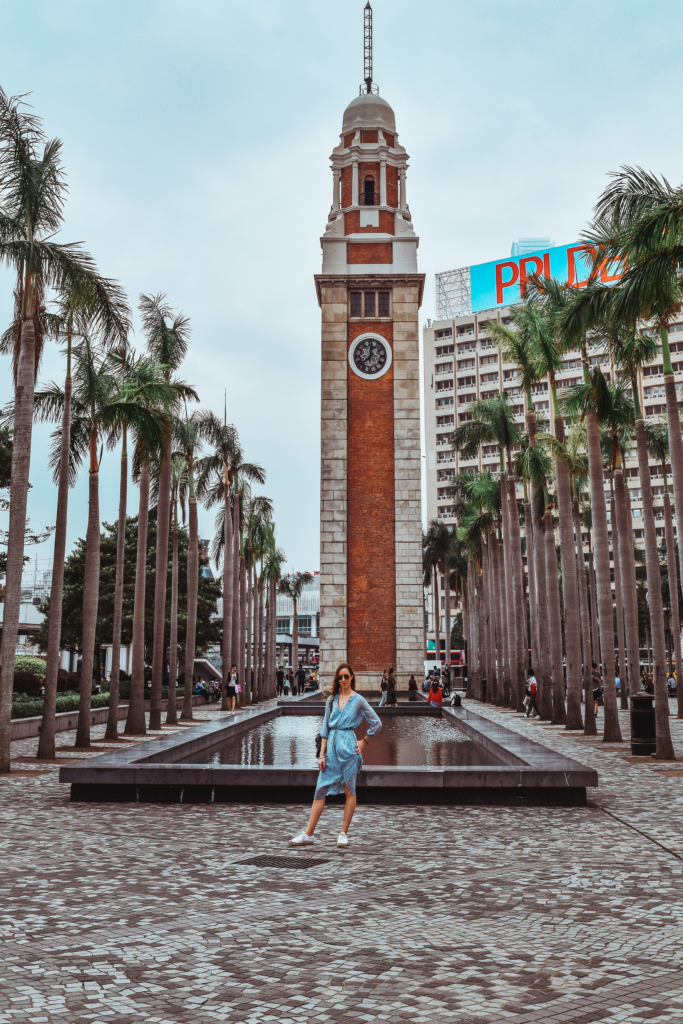
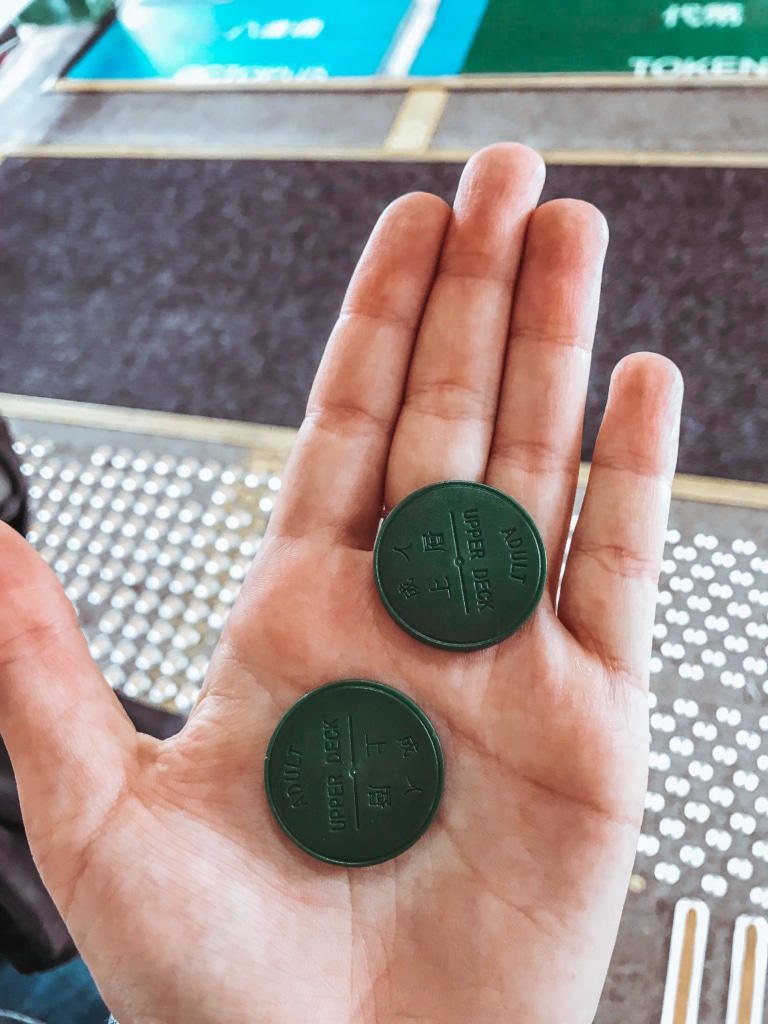
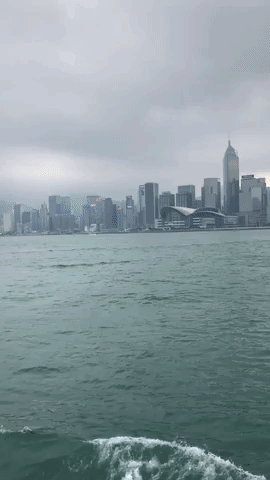
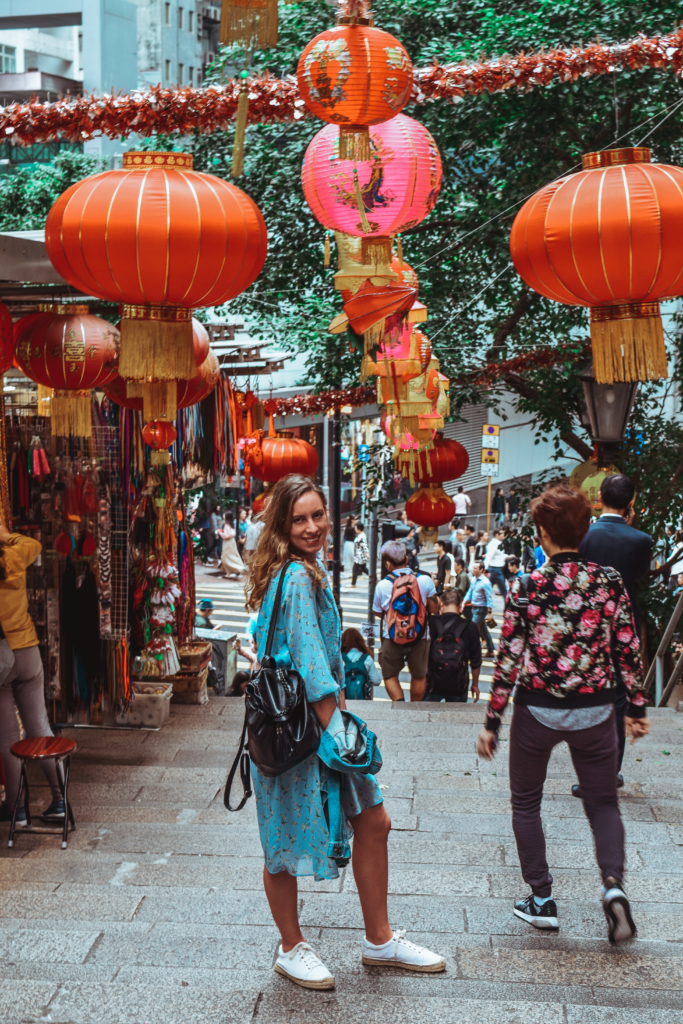
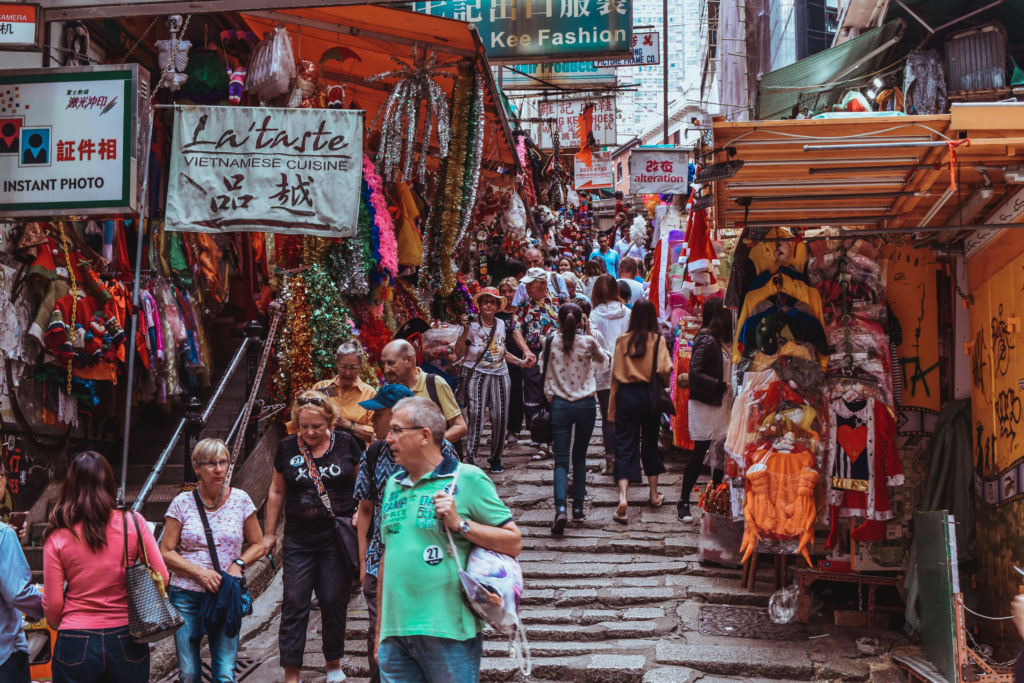
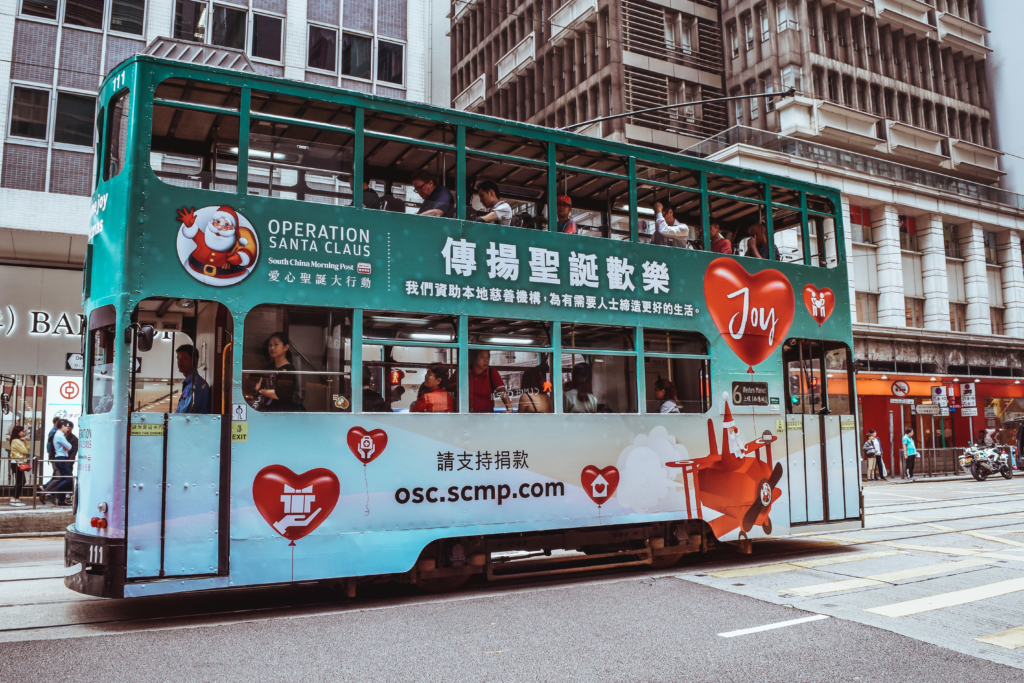
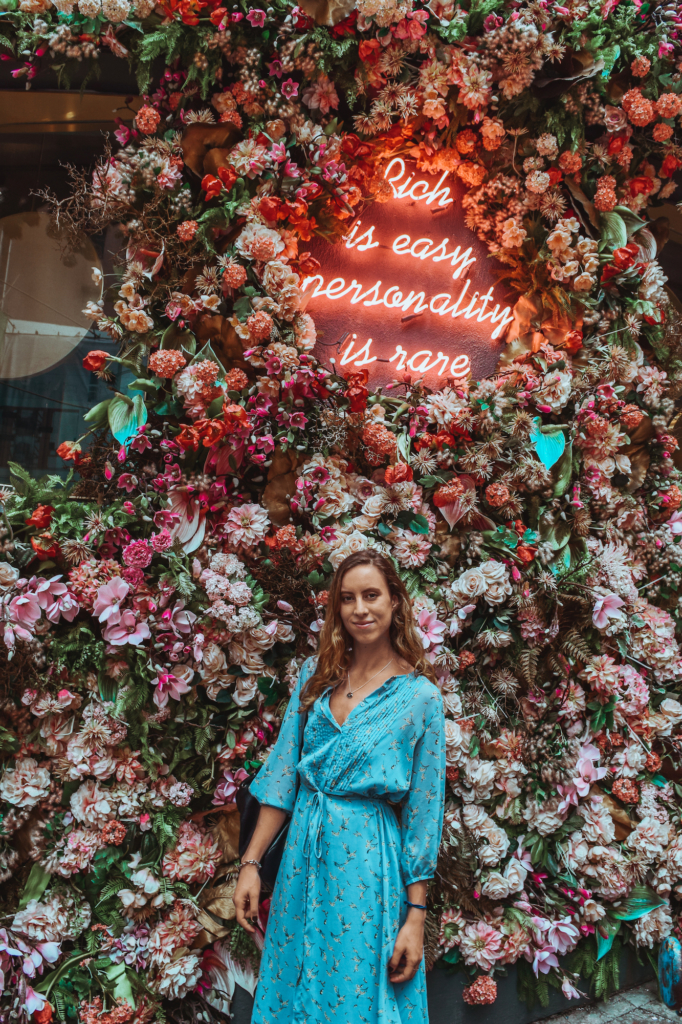
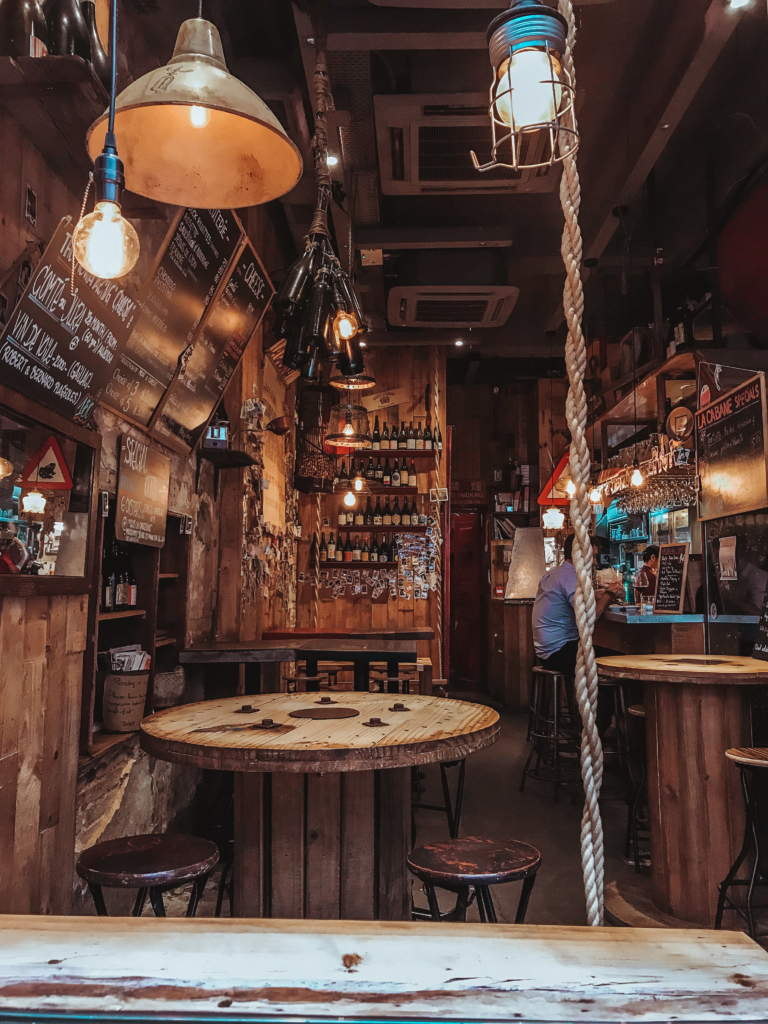
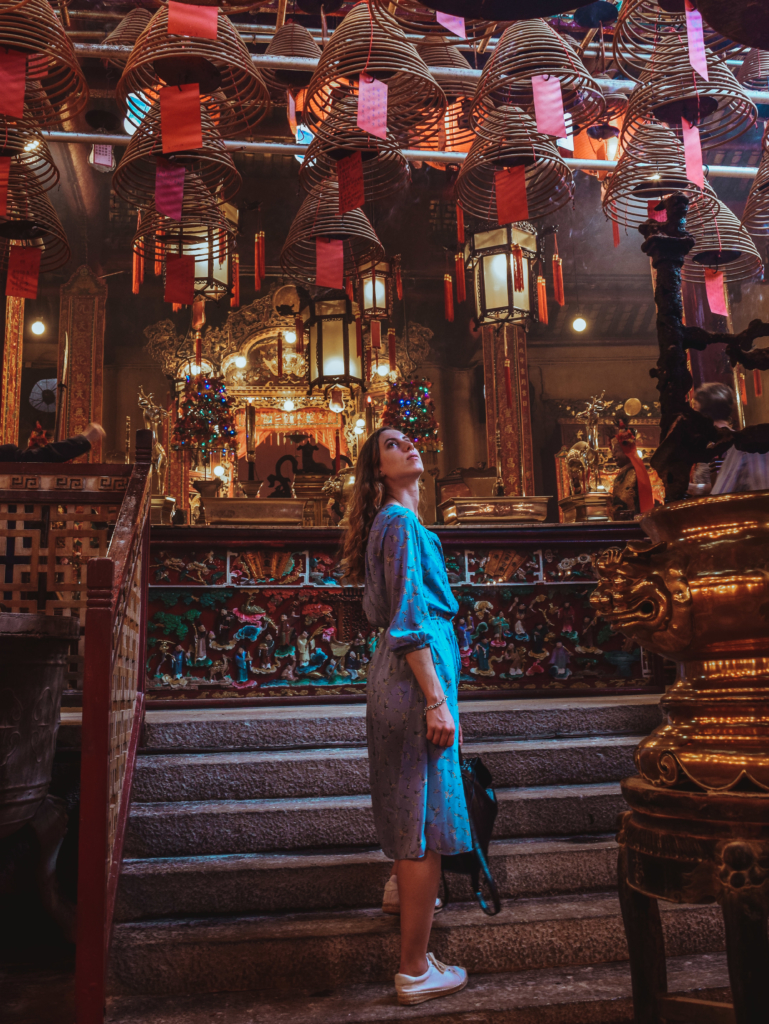
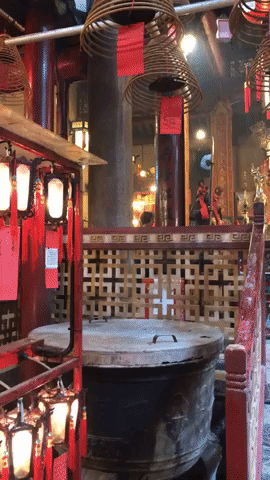
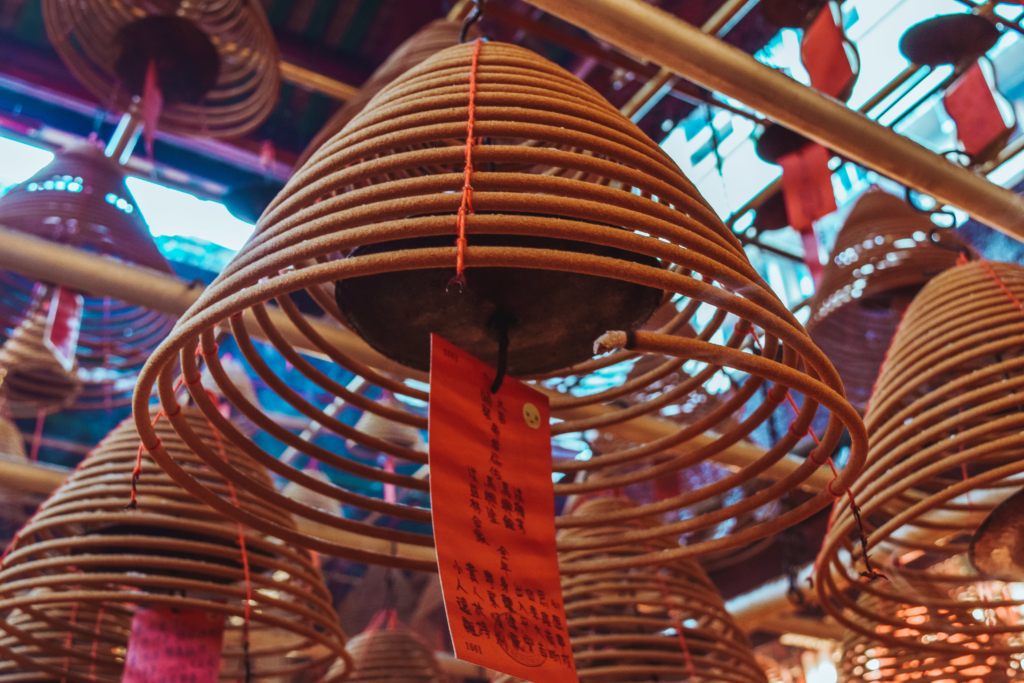
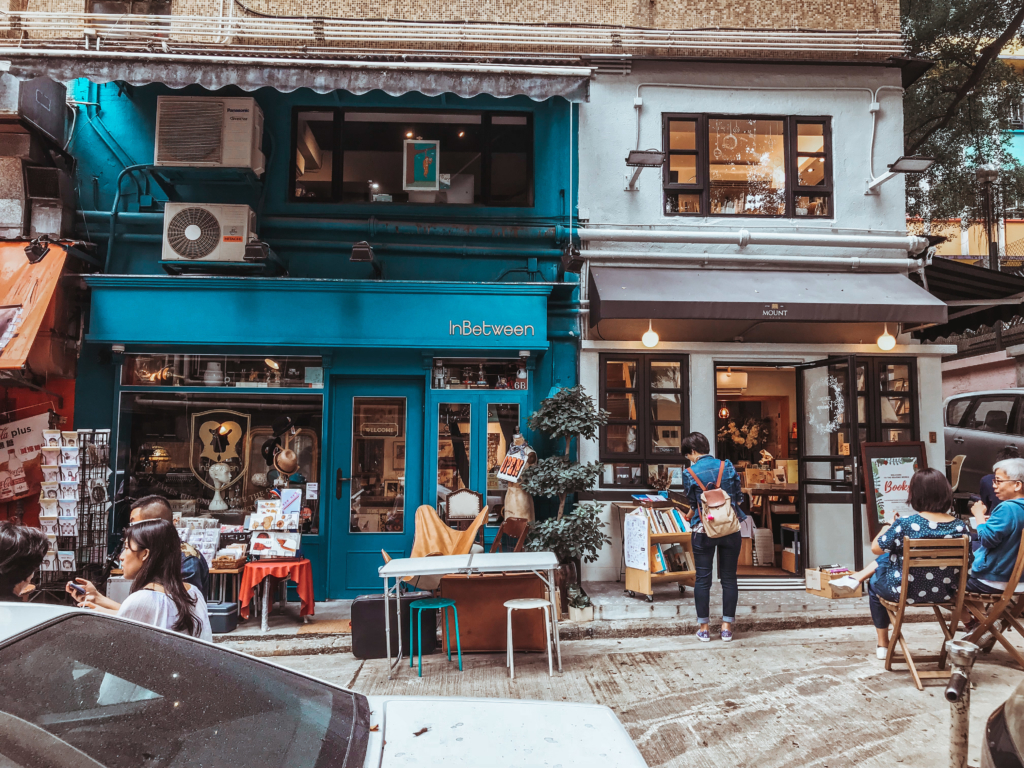
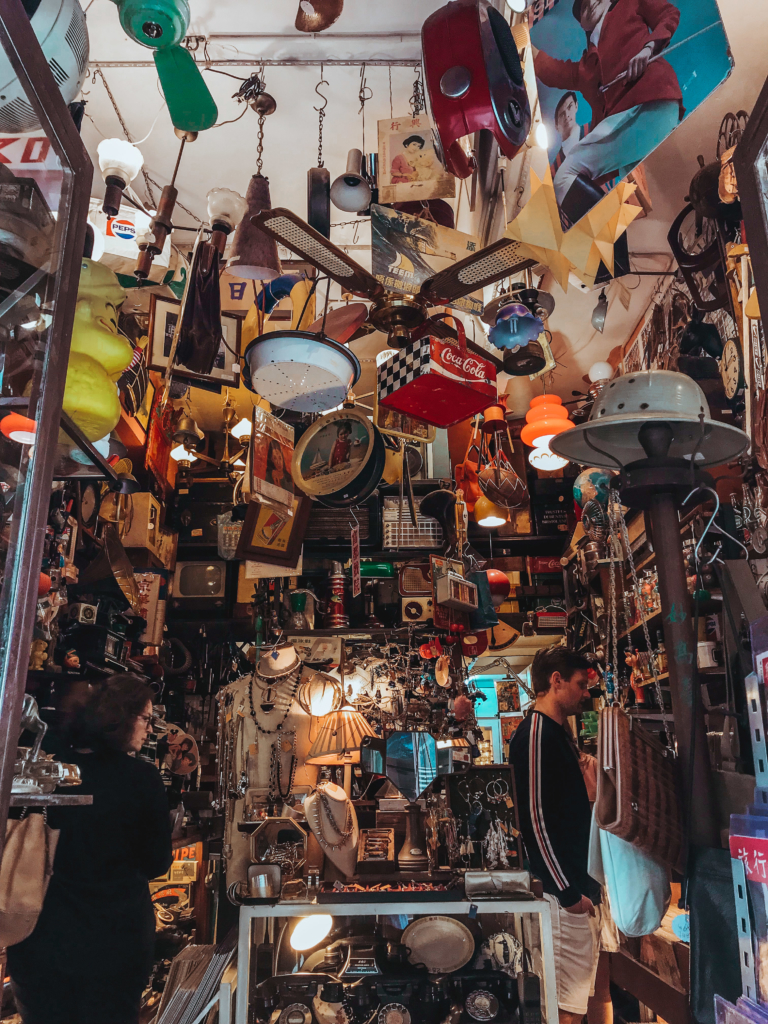
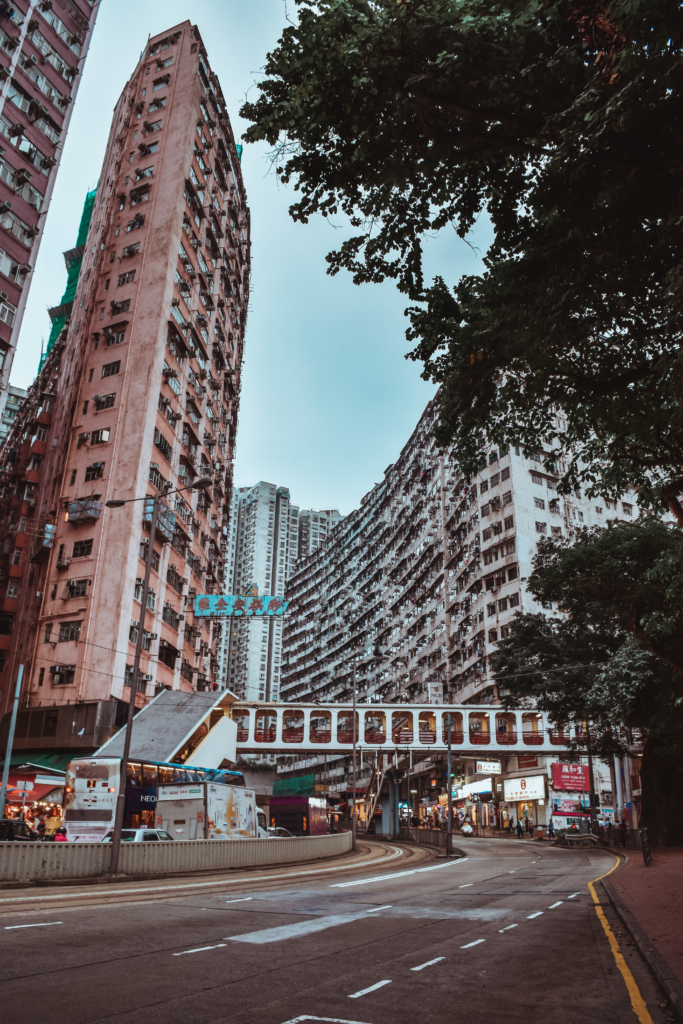
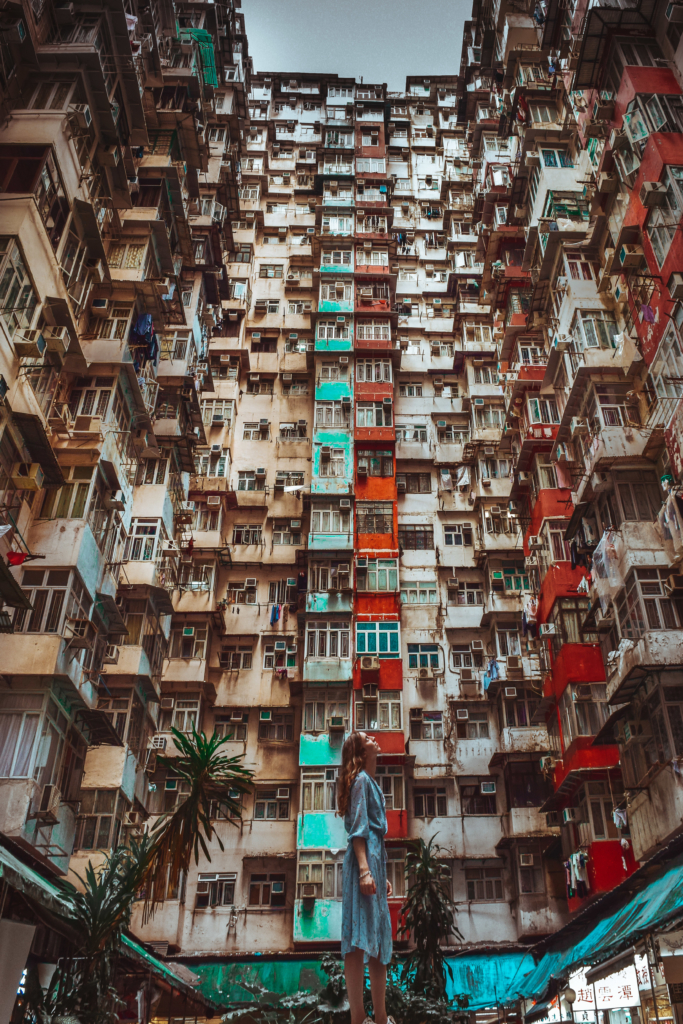
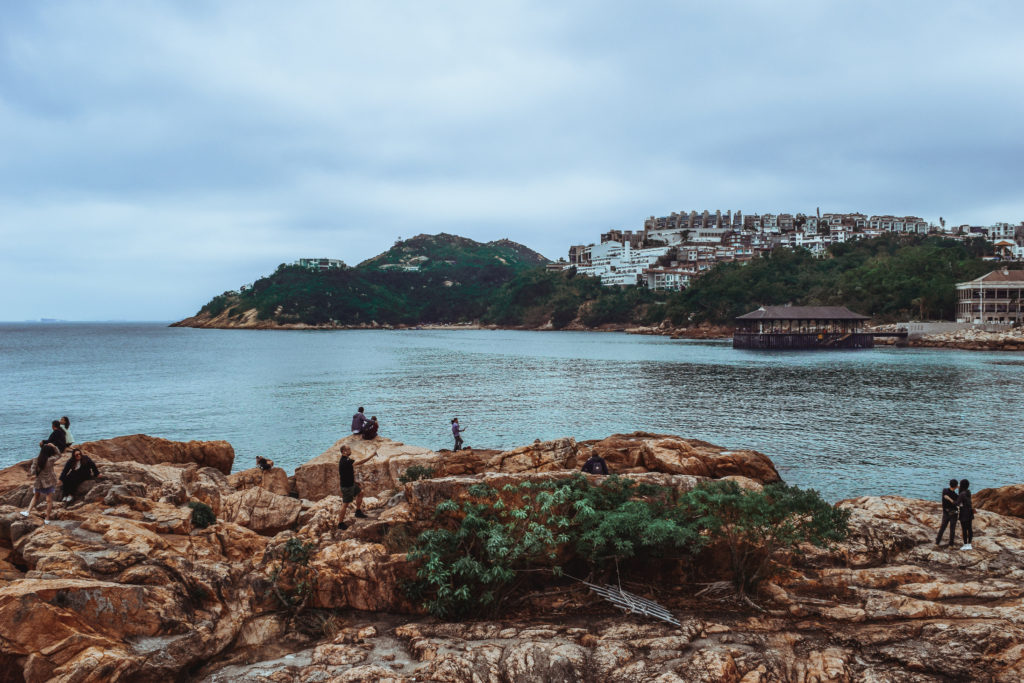
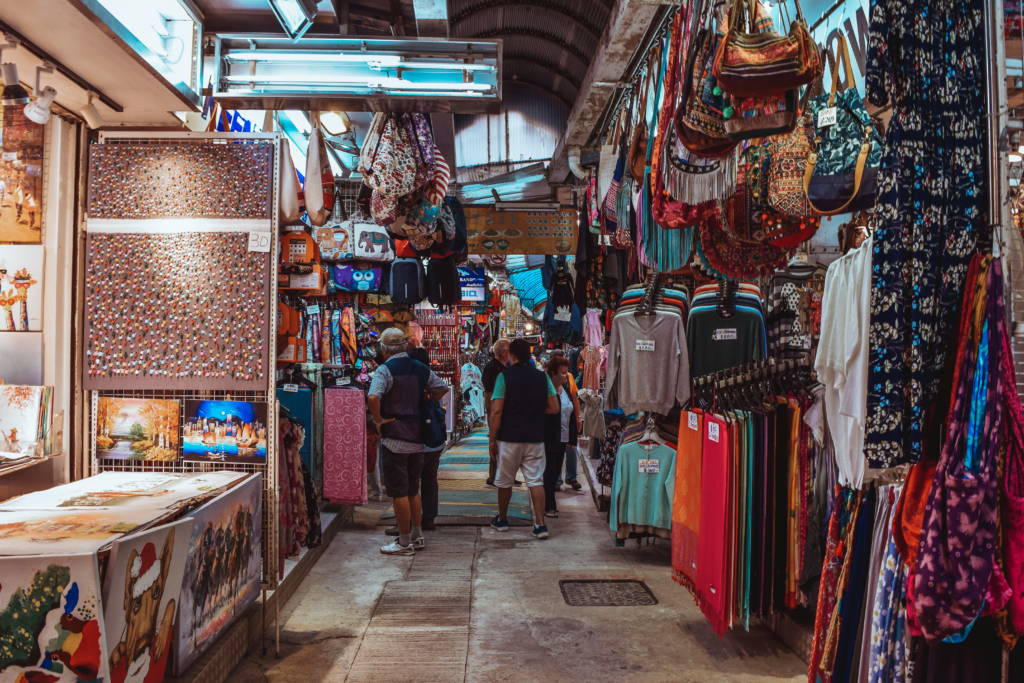
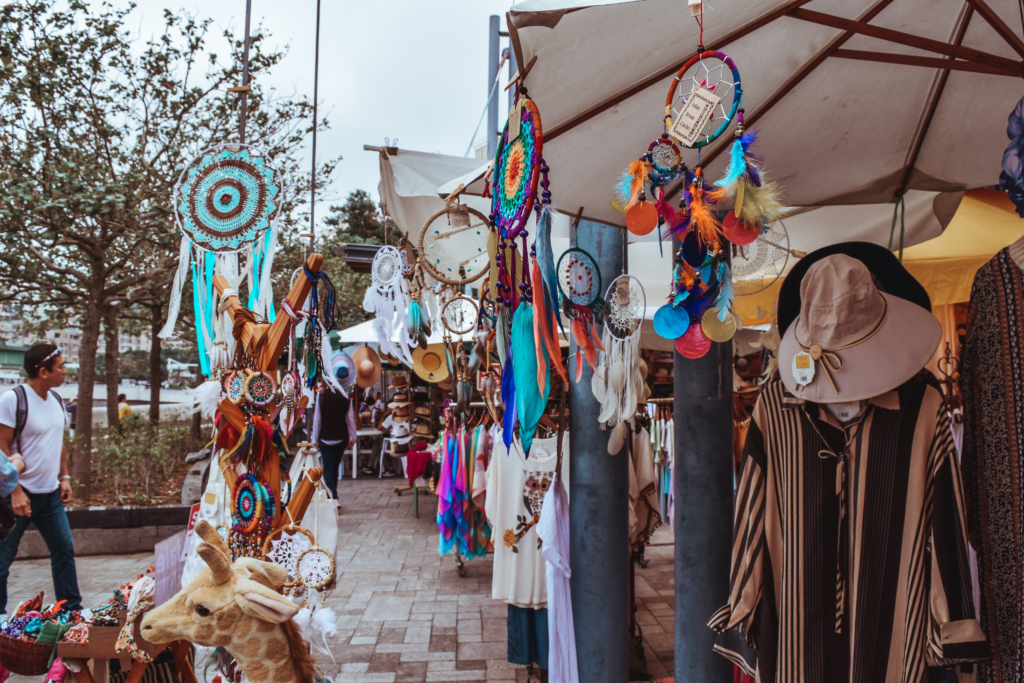
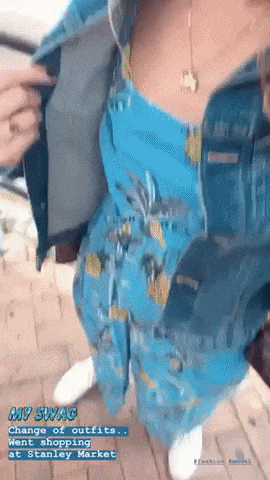
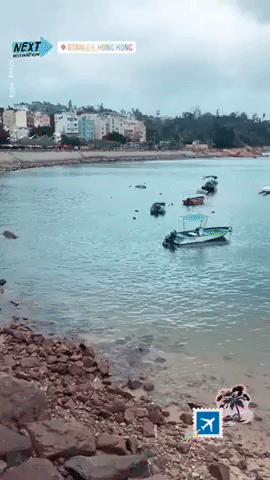
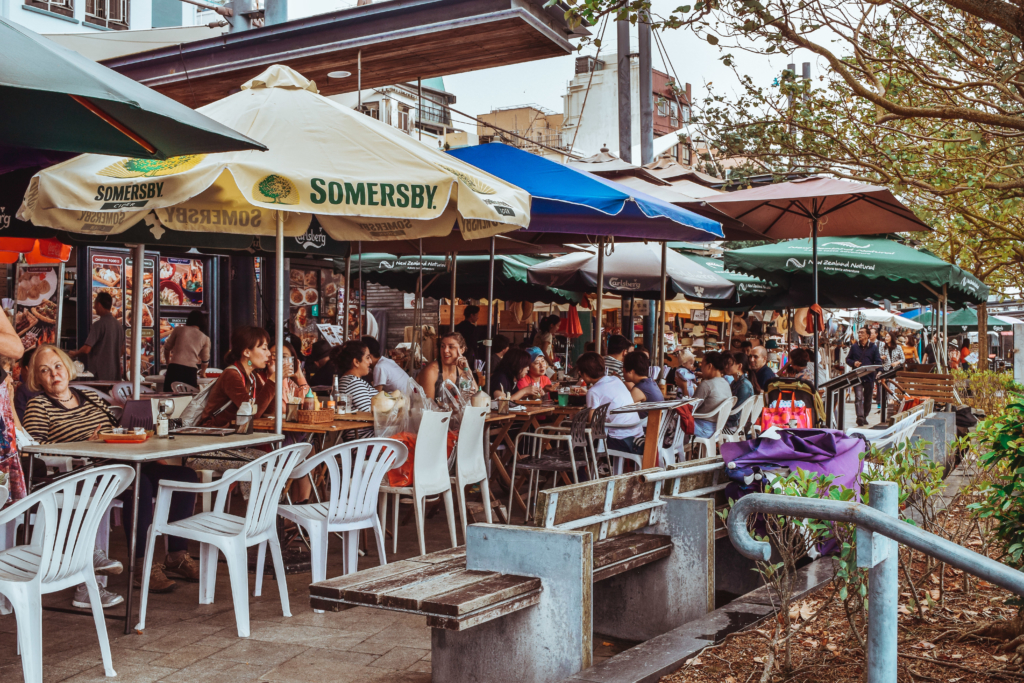
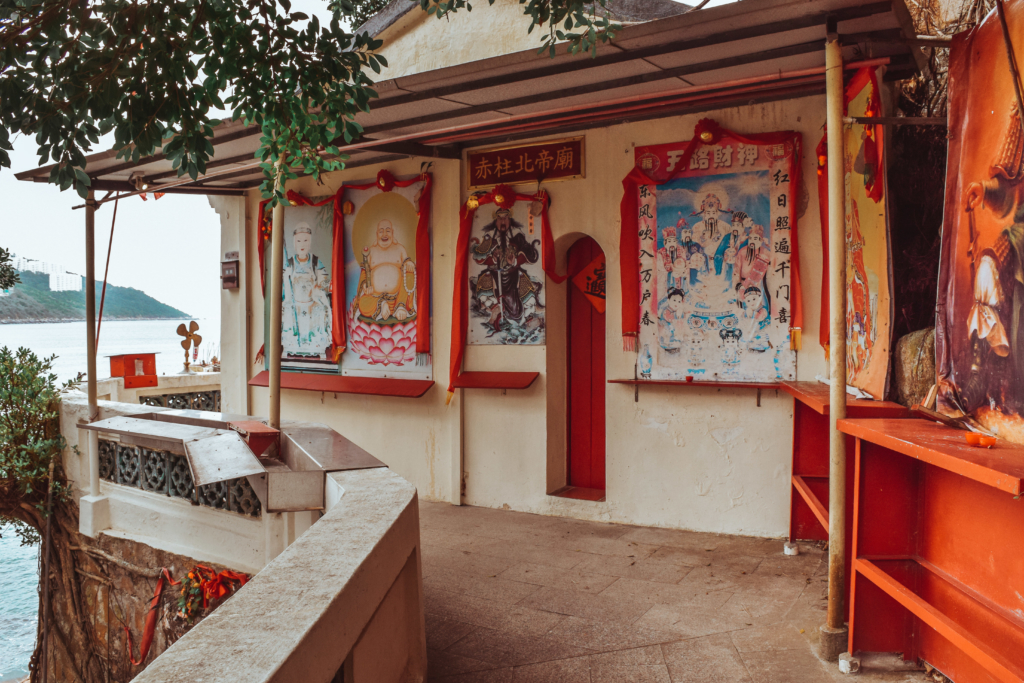
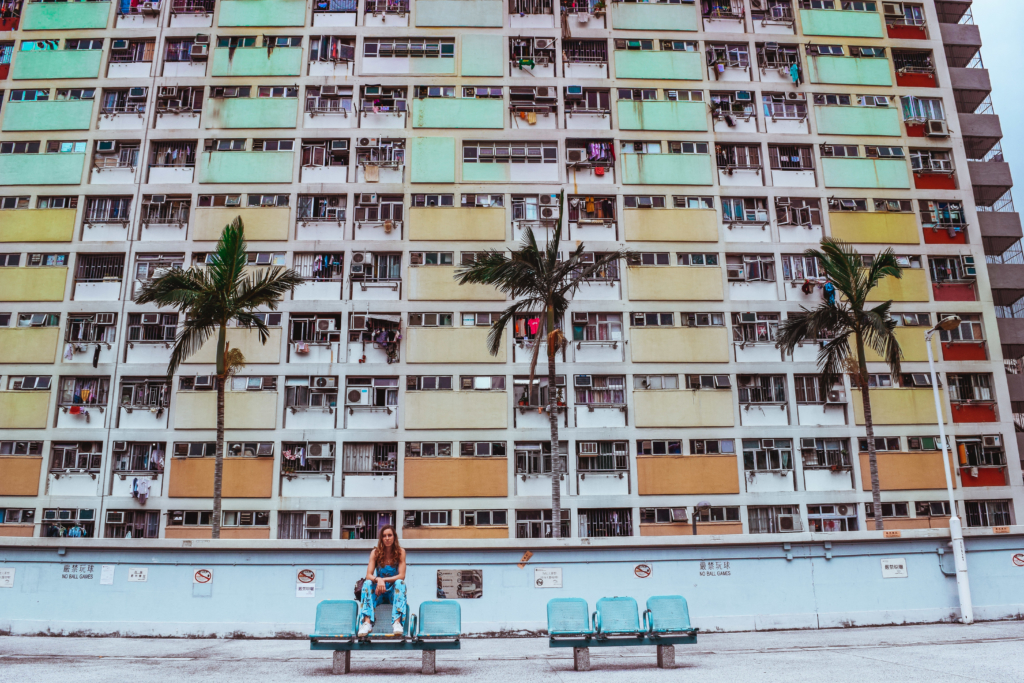
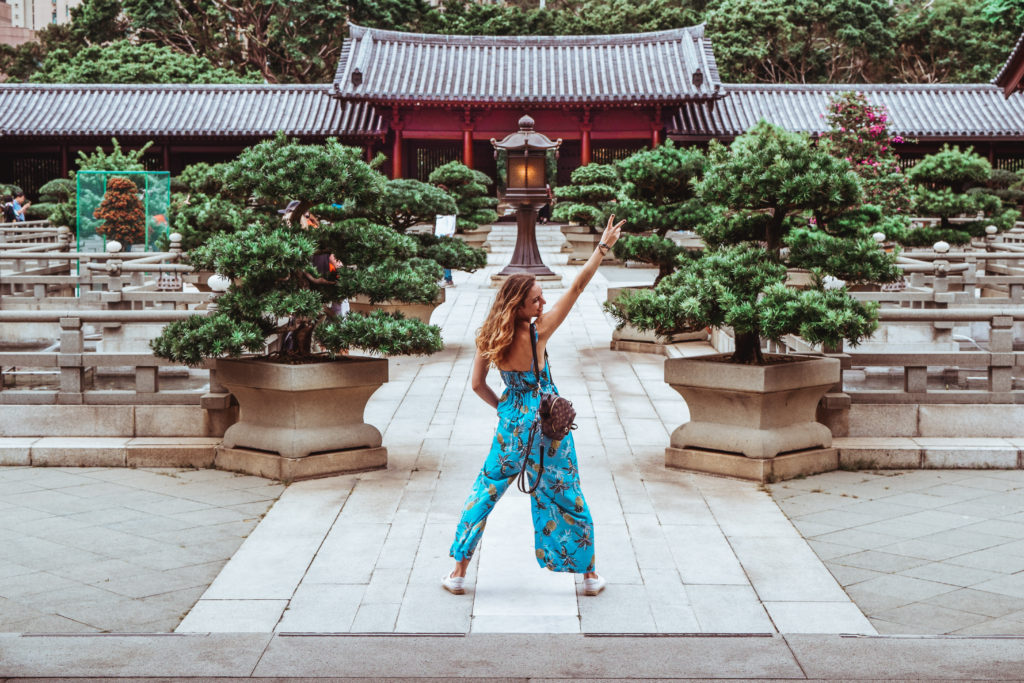
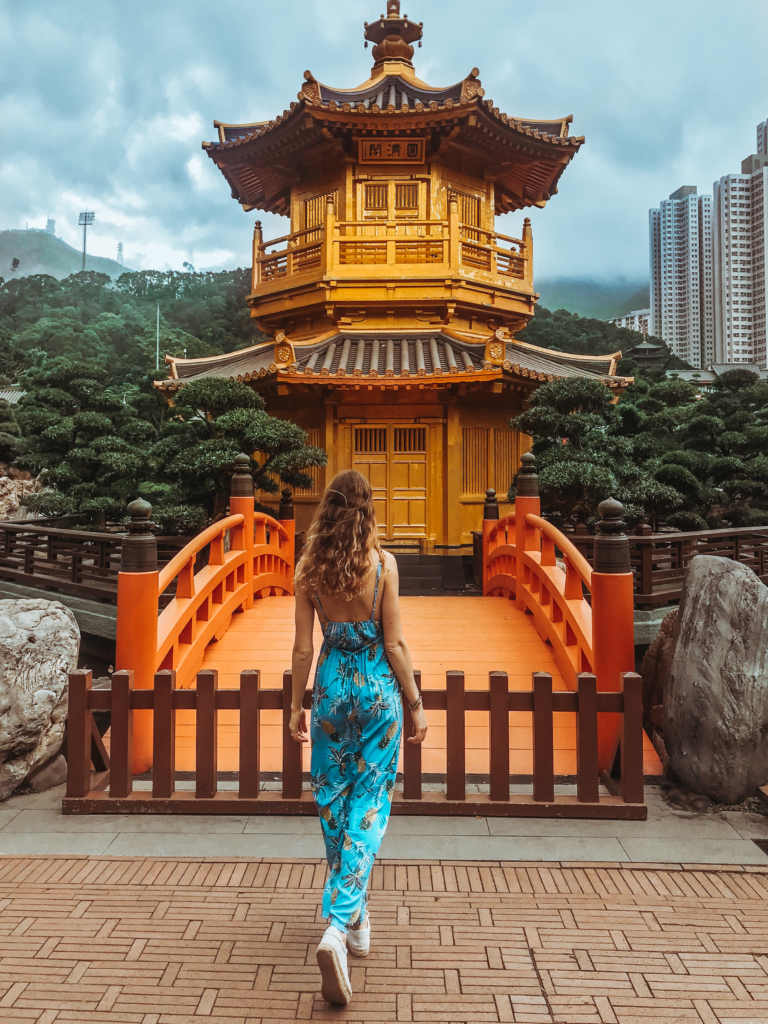
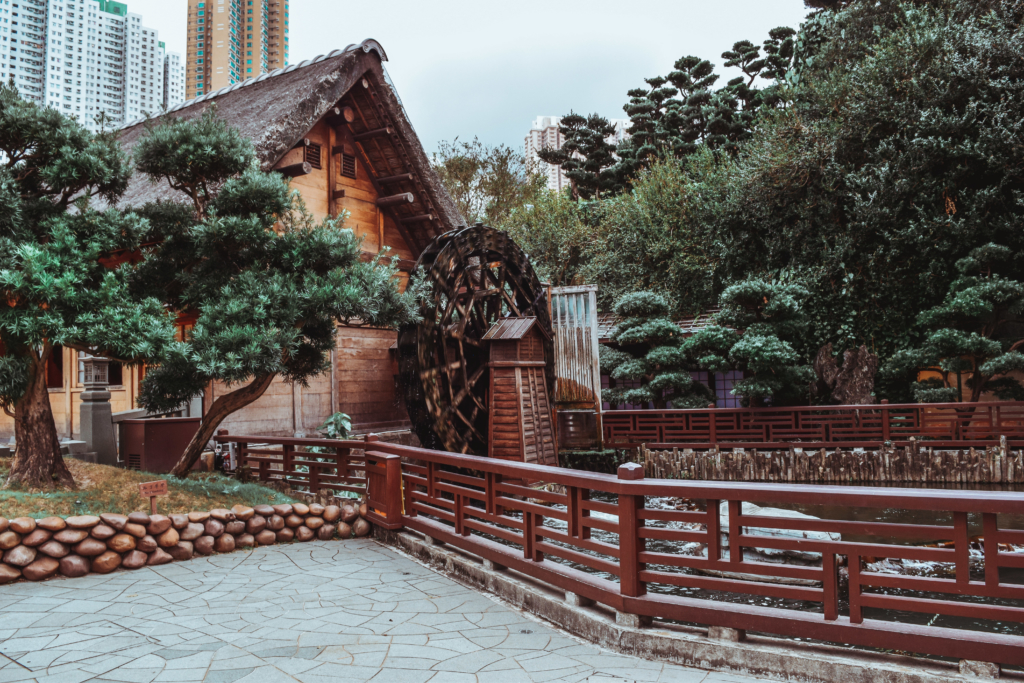
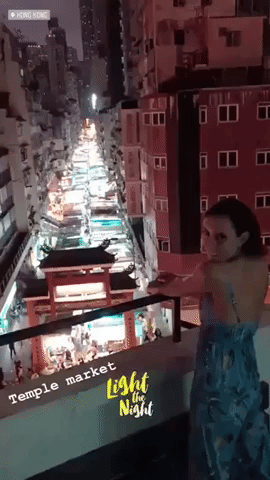
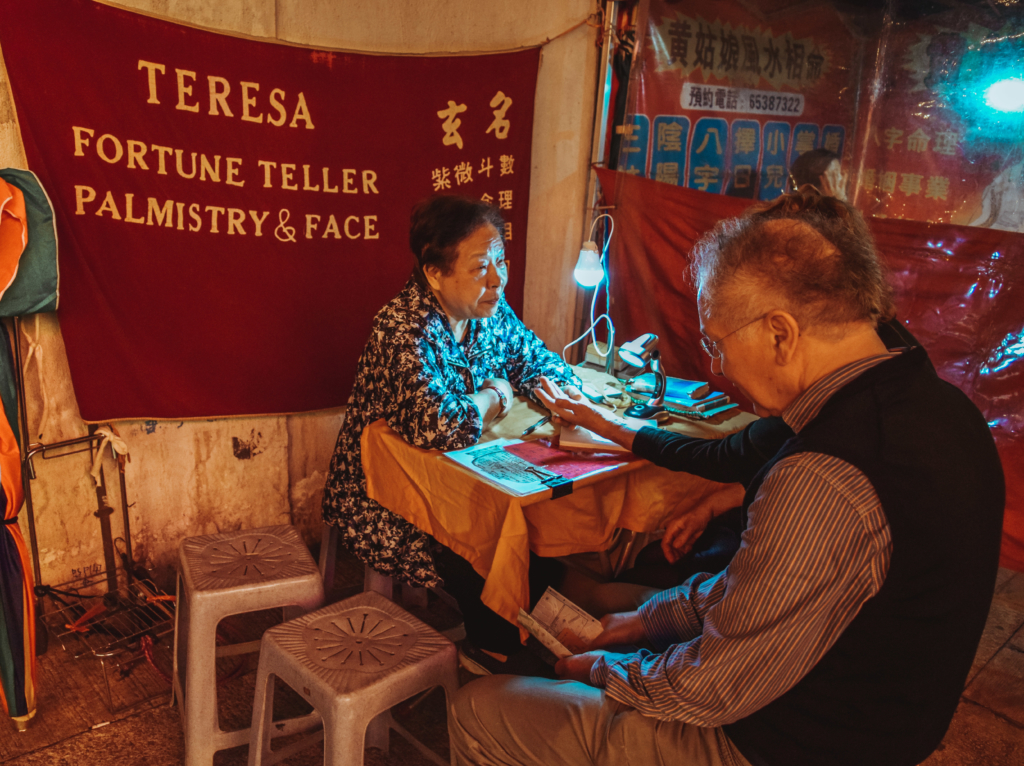
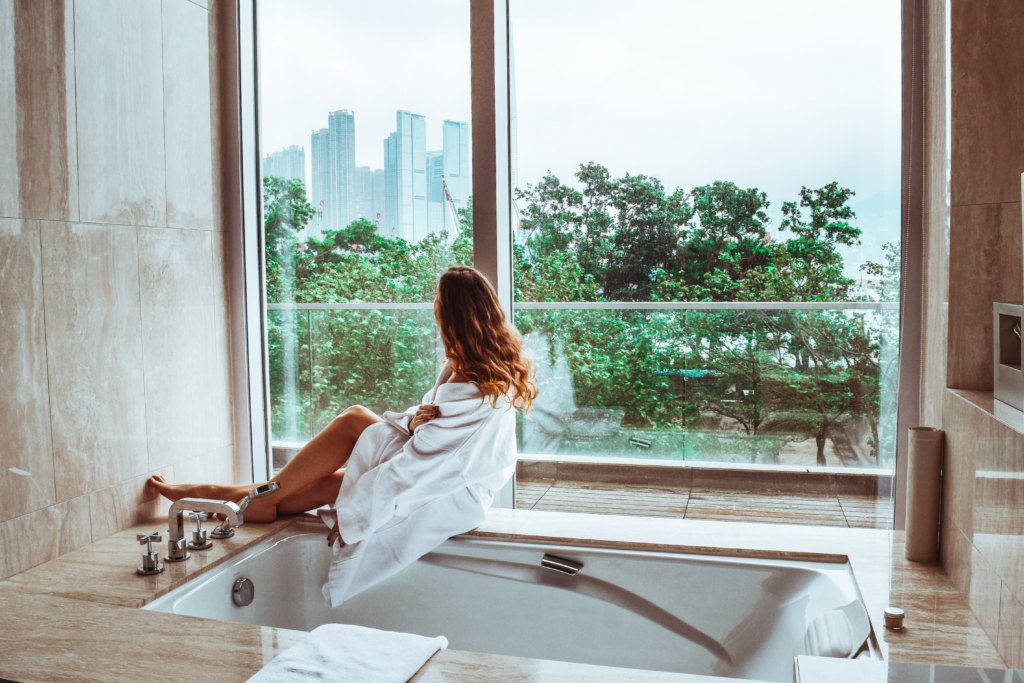
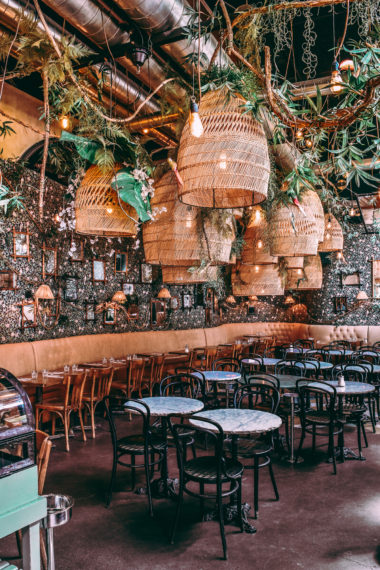
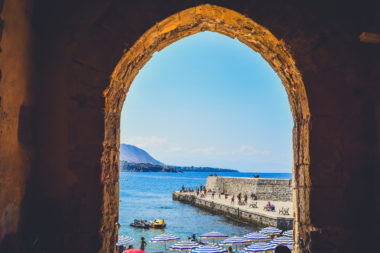
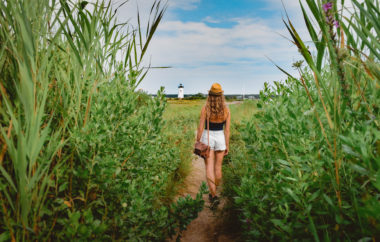
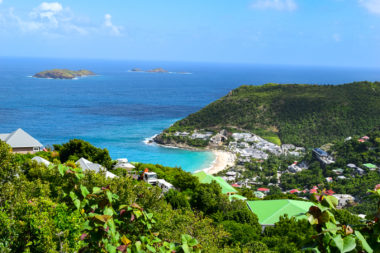
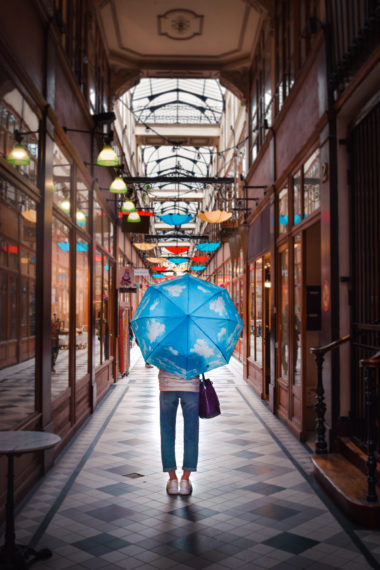
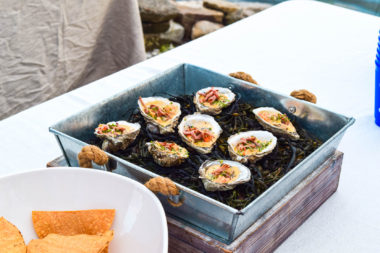

4 comments
Sveva! tHOSE DUMPLINGS LOOK AMAZING!
nEXT TIME YOU VISIT TRY JET SEEKER TO FIND THE BEST FLIGHT DEALS, HERE IS THE LINK FOR HONG KONG
https://jetseeker.com.au/content/destinations/cheap-flights-to-hong-kong/